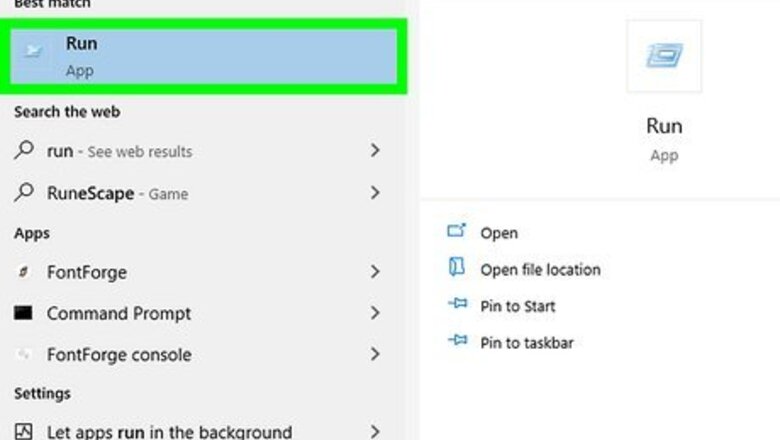
views
Using Run, Command Prompt, or PowerShell
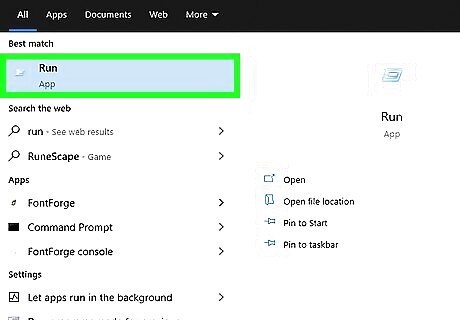
Press Win+R (to open Run) or open Command Prompt or PowerShell. Pressing the Win + R key combination will open the Run window. You'll find Command Prompt or PowerShell in your Start menu. Since PowerShell is replacing Command Prompt for many modern Windows 10 computers, you can also select PowerShell in the menu that pops up when you press Win + X.
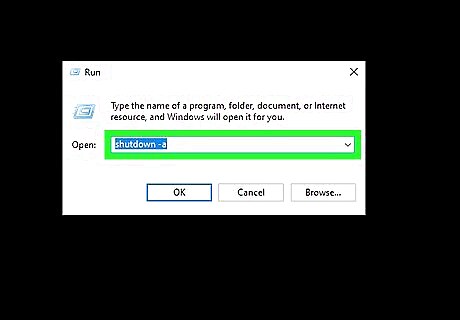
Enter the following command: shutdown -a. This command will cancel the scheduled shutdown for one time. You'll have to repeat this process if you want to cancel other scheduled shutdowns.
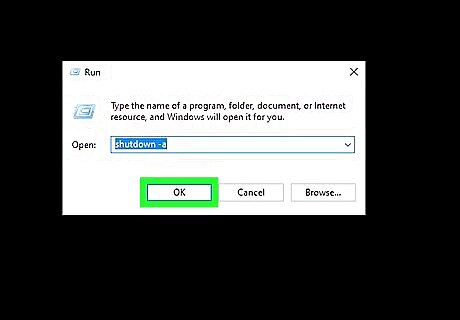
Click OK (in the Run window) or ↵ Enter (in Command Prompt or PowerShell). It's below the place where you entered the code in the Run window and will prompt it to close.
Using Power Options

Open Settings. You can press Win + I to open Settings, or you can find it in your Start menu next to a gear icon.
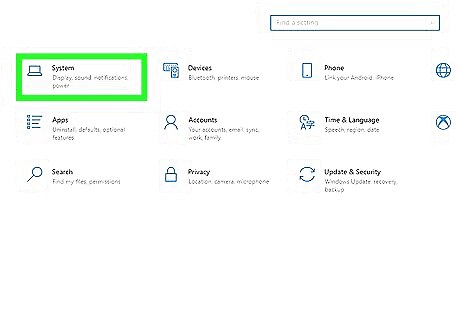
Click System. It should be the first icon in the menu.
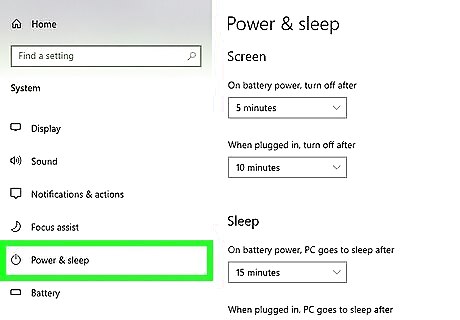
Click Power and sleep. You should see this in the menu on the left side of the window.

Click Additional power settings. This is towards the right side of the window.
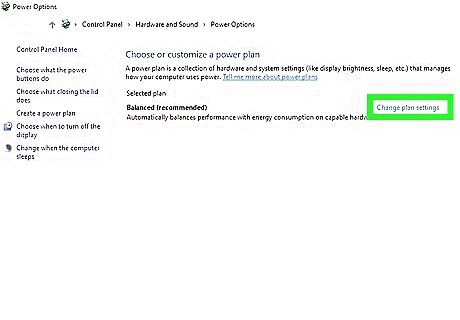
Click Change plan settings. You'll see this to the right of your current plan.

Click Change advanced power settings. It's under the general settings.
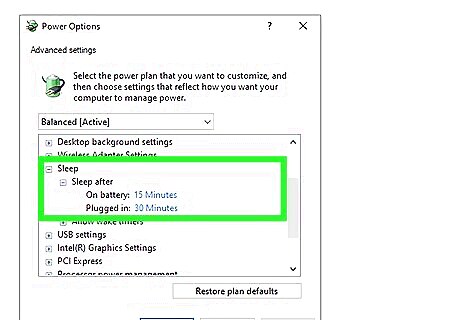
Double-click Sleep and Sleep After. Double-clicking these will expand their menus.
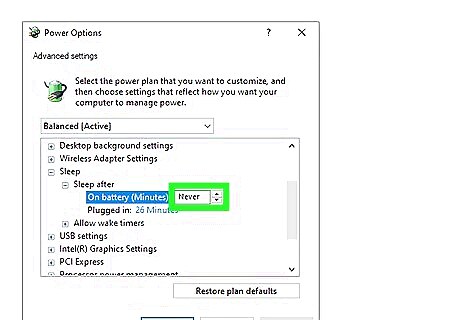
Click On Battery or Plugged in, select the arrow and choose "Never" (laptop only). If you want to change the setting for both of these options, repeat the process for the one you didn't already change.
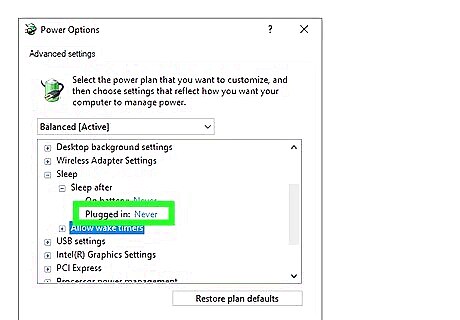
Click Setting, select the arrow and choose "Never" (desktop only). You will not see this if you're on a laptop. Changing the "Sleep" settings to never will ensure that your computer never goes to sleep.
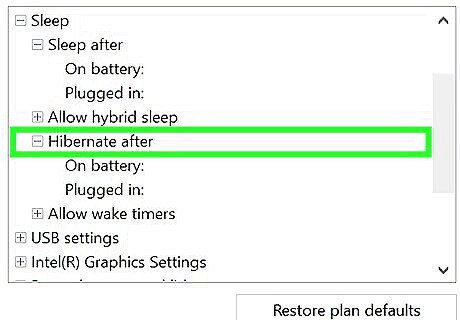
Double-click Hibernate after. A menu will expand below the header.
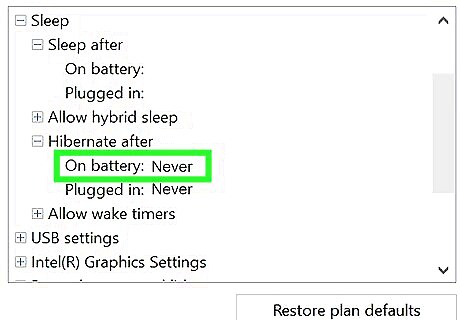
Click On Battery or Plugged in, click the arrow and choose "Never" (laptop only). If you want to change the setting for both of these options, repeat the process for the one you didn't already change.
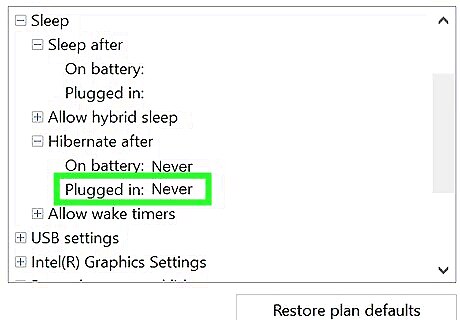
Click Setting, click the arrow and choose "Never" (desktop only). You will not see this if you're on a laptop. These settings will ensure your computer never hibernates, which might drain your battery if your laptop is not plugged into a power source.















Comments
0 comment